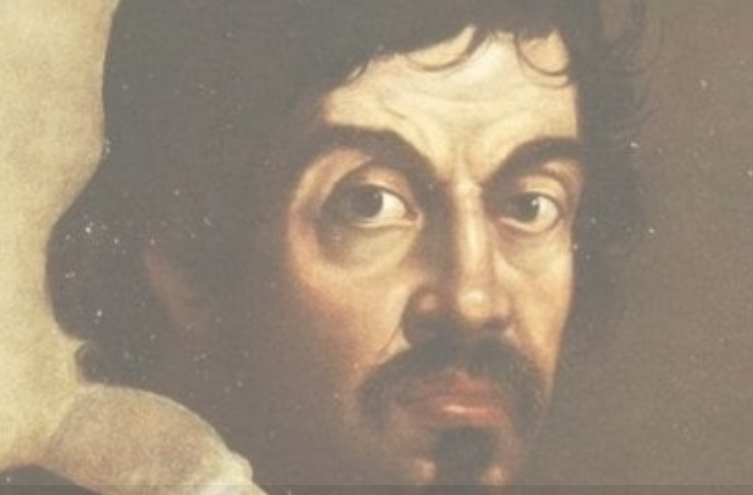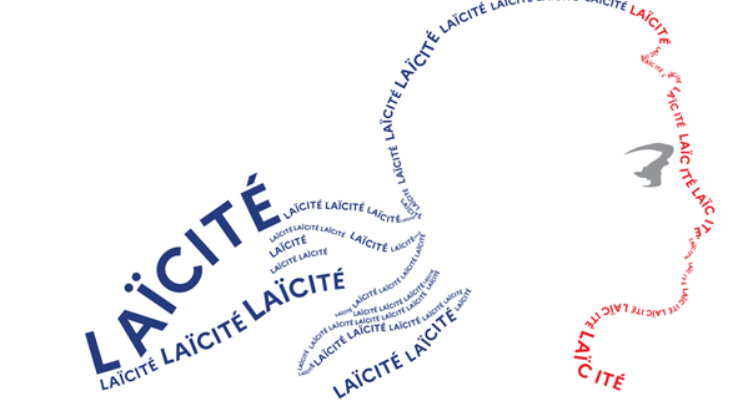Caravaggio, the father of modern painting
- Bahigea Alassaad
- Mar 18
- 4 min read

Caravaggio, born Michelangelo Merisi da Caravaggio in 1571, emerged from the tumultuous shadows of late Renaissance Italy to redefine the art of painting. A restless spirit born in Milan, in the small town of Caravaggio, from which his name derives, he moved to Rome in his early twenties, where his raw talent and audacious vision would soon leave an indelible mark on the Baroque era.
In Caravaggio’s world, saints and sinners inhabited the same space. His art, characterized by the dramatic interplay of light and shadow known as chiaroscuro, gave divine figures the faces of common people. Unfortunately for Caravaggio, he was born in a period where painters were commissioned and forced by the Catholic Church of Rome to paint biblical scenes in a way that makes the biblical figures in question, such as saints, seem unhuman, divine, superior to the common people. Caravaggio did just the opposite of that. Faces of underprivileged people, those rejected by society, forced down the path of “unlawful”, “unbiblical”, “scandalous” activities, such as prostitutes, thieves, and beggars, took centre stage in his divine works. However, most of these works of art were rejected and dramatically altered by the Catholic Church.
There are a few examples showcasing that, such as “Saint Matthew and the Angel” (1602) and “The Conversion of Saint Paul” (1600–1601), but notably “The Death of the Virgin” (1601–1606). This art piece was commissioned for the church of Santa Maria della Scala in Rome. It depicts the Virgin Mary lying on her deathbed with an unusual realistic and humanistic portrayal: the composition of the painting is arranged around the Virgin, the painting’s central theme. Surrounding the Virgin are Mary Magdalene and the apostles, the compact mass of the assemblage guides the viewer’s eyes towards the Virgin’s body. Caravaggio expresses the overwhelming grief of the mourners not by painting them with wailing or sobbing faces as was the common Baroque style, but by hiding their faces. Caravaggio uses silent grief represented by sombre expressions. The mournful crying occurs in the faceless emotionless silence. Regarding the holiness of the Virgin, it is discerned by a thread-like halo instead of the usual golden halo, accentuating even more the realist style of the artist. What made this masterpiece even more controversial and unappreciated by the Church was Caravaggio’s use of a woman rumoured to be a drowned prostitute as his model for the Virgin Mary, leading to a grim human depiction that society found inappropriate. Furthermore, the Virgin’s bare feet, bloated belly, and lifeless appearance were considered unruly for a sacred figure. Ultimately, the painting was rejected by the clergy and replaced by another painting. “The Death of the Virgin” by Caravaggio was later purchased by the Duke of Mantua and now resides at the Louvre Museum, in Paris.
Though critiqued for his revolutionary depiction of catholic figures, he was without a doubt celebrated for his masterful artistic skills. His paintings, with their stark contrasts and their use of chiaroscuro, breathed life into divine tales, they invited the viewers to step into the sacred moment.
Caravaggio was also notorious for his volatile life. His temperament and traumatic childhood mirrored the dark and brilliant contrasts of his canvases. His career was punctuated by his constant run-ins with the law, officially erasing it with the murder of a man in 1606, forcing him into exile. He sought refuge in multiple cities such as Naples, Malta and Sicily, among others. But even as he fled from punishment for his crime, fame followed him. When in Malta, he was received into the Order of Malta as a Knight of Justice, however, he was soon stripped of it when the Order learned of the crime he committed. As he was on the run, he continuously painted religious masterpieces, his vision and brushwork were a reflection the mental and physical state he was in. Caravaggio’s works dived deeper into the human condition, revealing a soul as troubled as it was gifted. This is evident in his last two paintings “The Martyrdom of Saint Ursula” and “The Denial of Saint Peters”.
Michelangelo Merisi da Caravaggio died in July 1610 at Porto Ercole, Italy. For many years the reason for his death remained unknown, however, in 2010, a team of scientists who studied Caravaggio’s remains discovered that his bones contained high levels of lead. Levels high enough, to have driven the artist mad, leading to his death.
His paintings illuminated biblical scenes and mythological tales with the rough textures of reality. His life and works were marked by a dramatic intensity that transcended the canvas leaving an enduring legacy that shaped the course of Western art. His use of chiaroscuro brought an innate realism to sacred and secular subjects alike, bridging the divide between the divine and the everyday. His complexity is what fed his masterpiece’s emotional depth and his determination to capture the raw truth of life, inspiring artists to follow his path towards the truth.
Bahigea Alassaad
Citations:
“Caravaggio.” Biography, 2 Apr. 2014, www.biography.com/artists/caravaggio. Accessed 13 Oct. 2024.
Long, Rebecca J. “Caravaggio’s Dramatic Life and Paintings.” The Art Institute of Chicago, 12 Sept. 2023, www.artic.edu/articles/1071/caravaggio-s-dramatic-life-and-paintings. Accessed 13 Oct. 2024.
Wikipedia Contributors. “Death of the Virgin (Caravaggio).” Wikipedia, Wikimedia Foundation, 2 May 2024, en.wikipedia.org/wiki/Death_of_the_Virgin_%28Caravaggio%29. Accessed 13 Oct. 2024.
“Caravaggio.” Caravaggio-Foundation.org, 2024, caravaggio-foundation.org/biography.html. Accessed 13 Oct. 2024.
“Caravaggio | Biography, Paintings, Style, & Facts | Britannica.” Encyclopædia Britannica, 2024, www.britannica.com/biography/Caravaggio. Accessed 13 Oct. 2024.






Comments